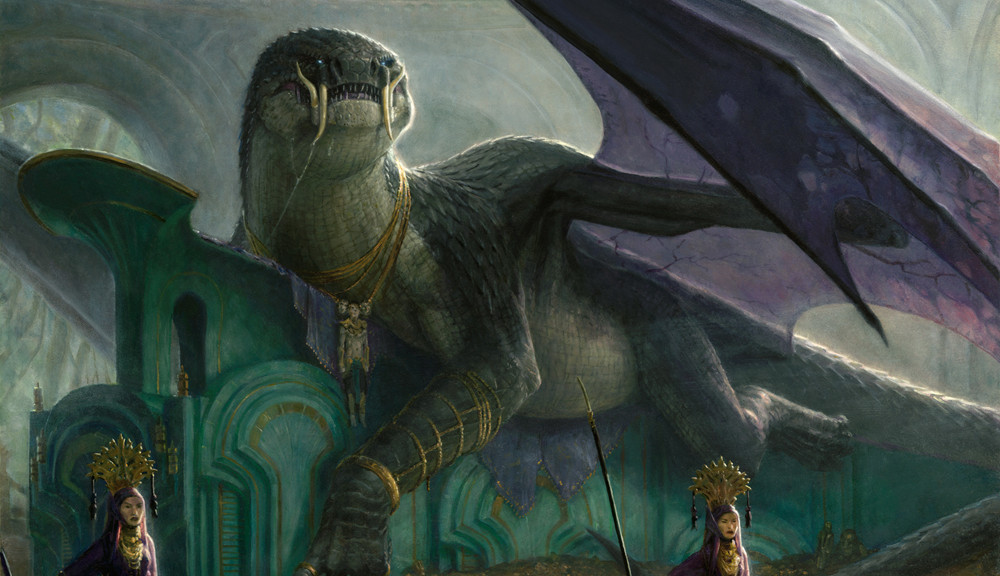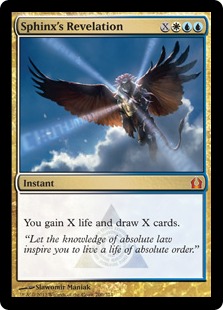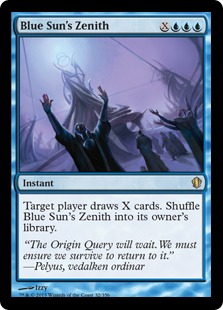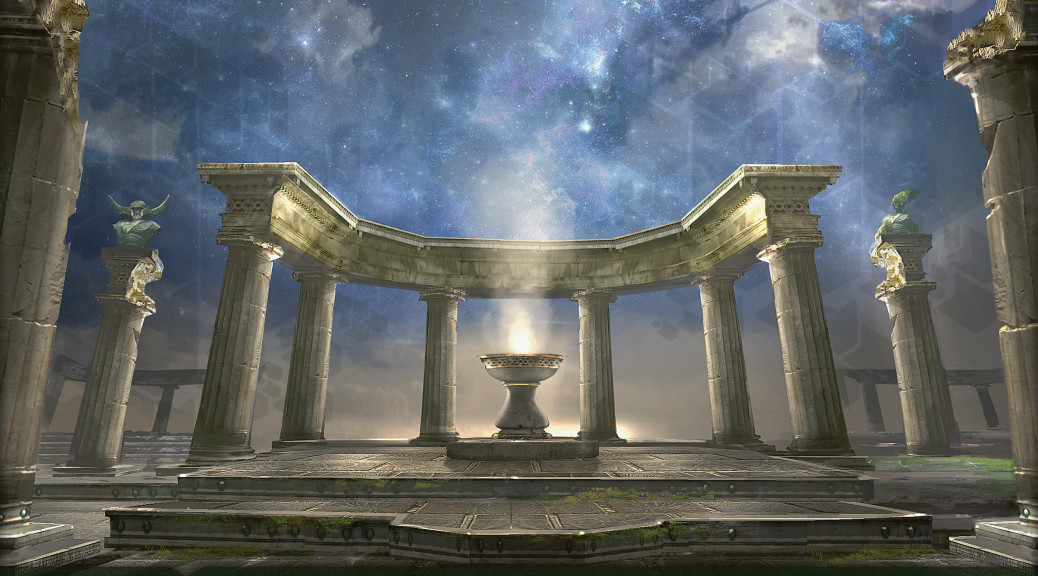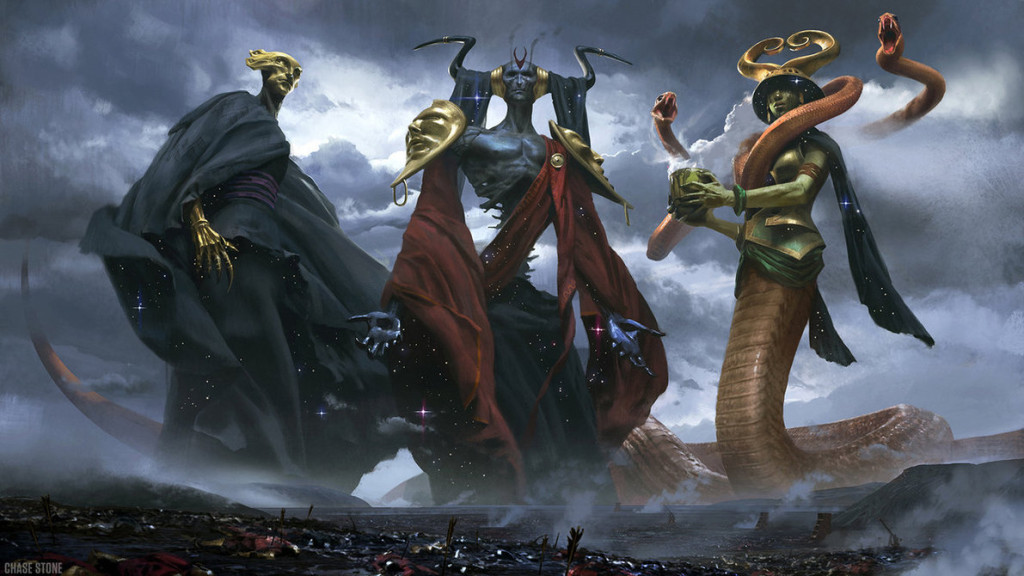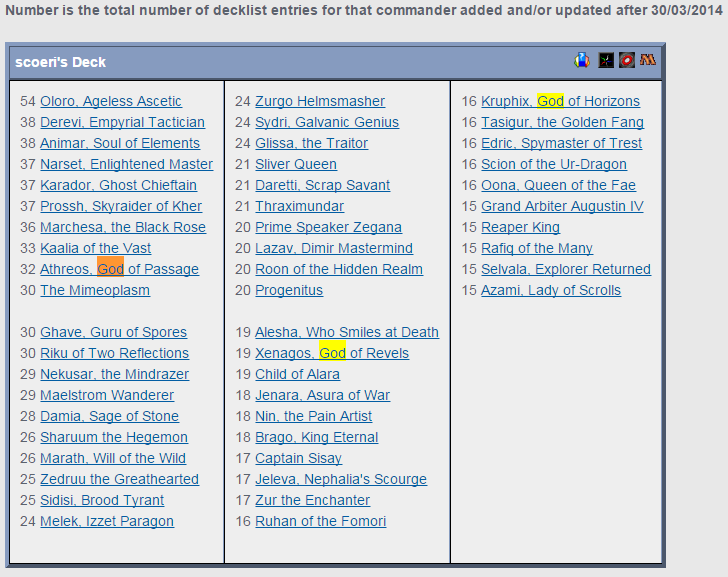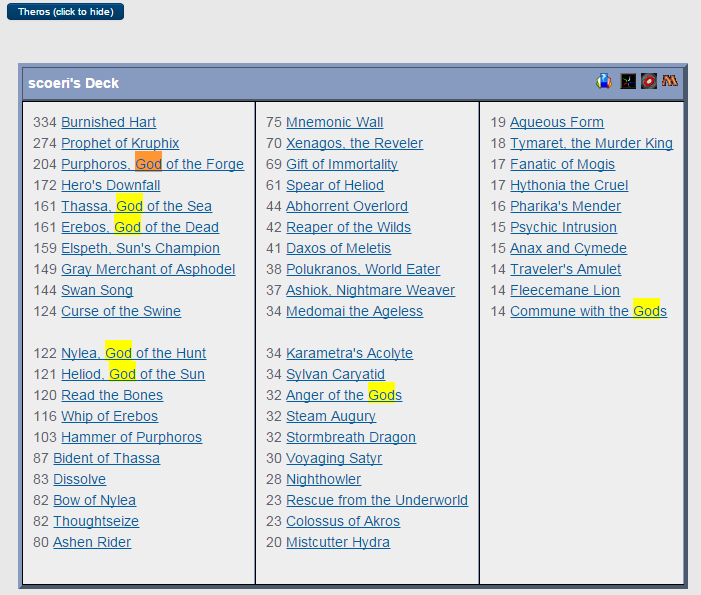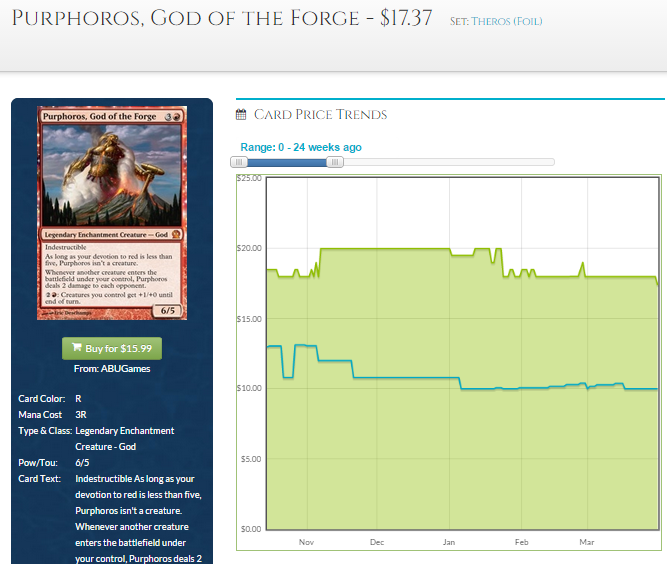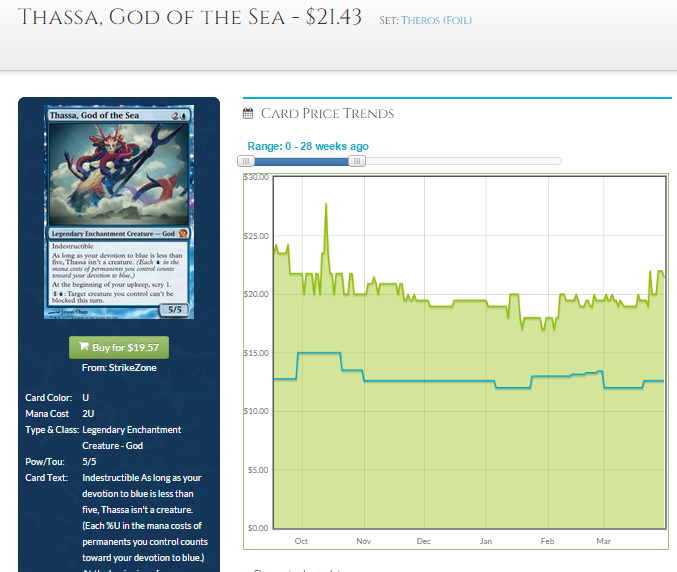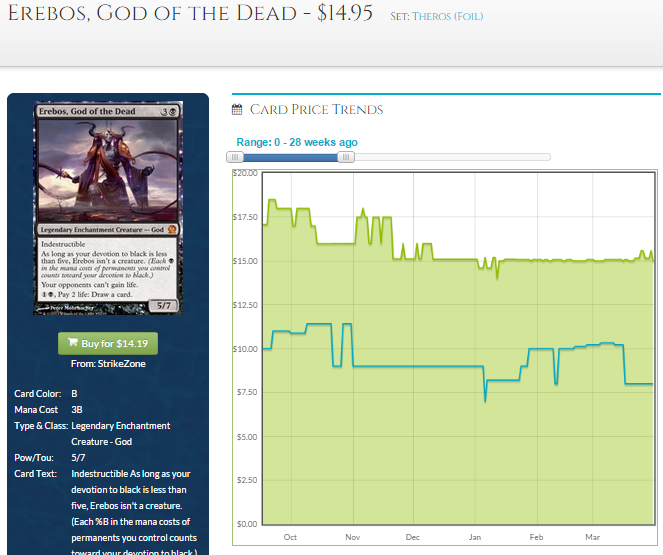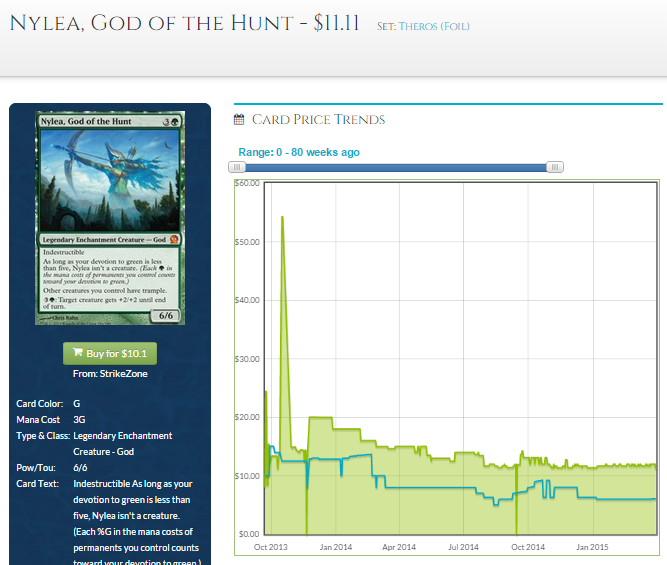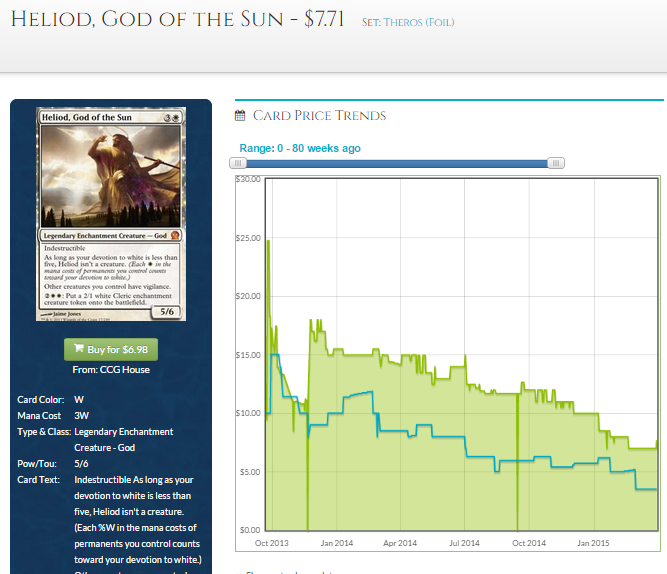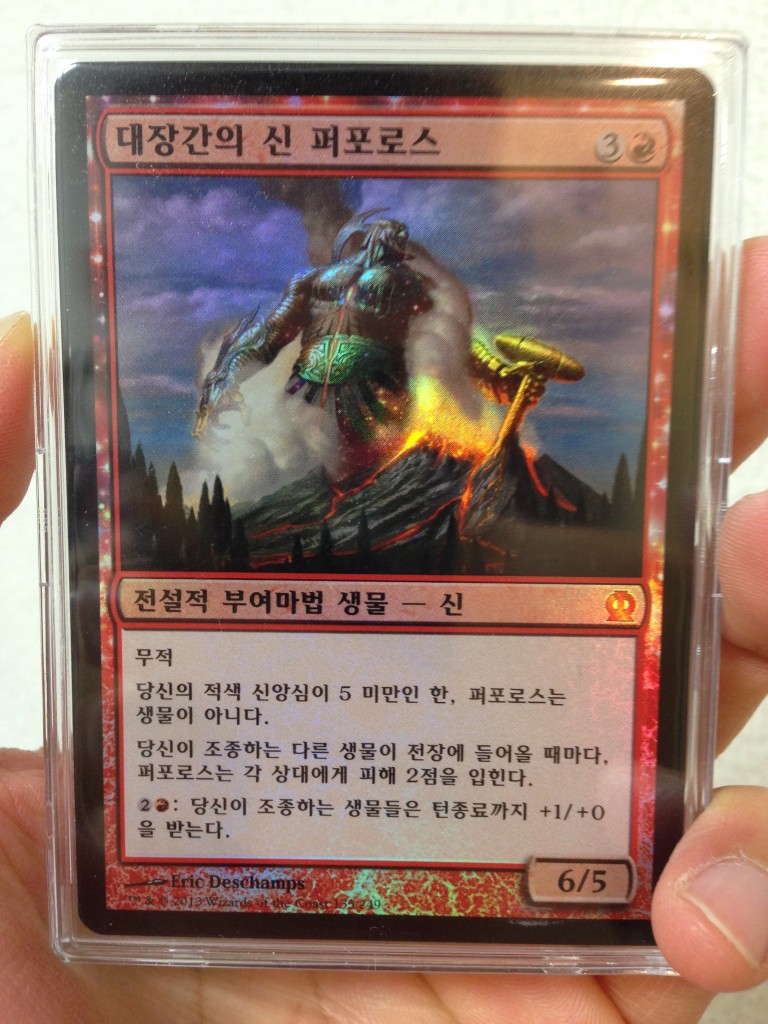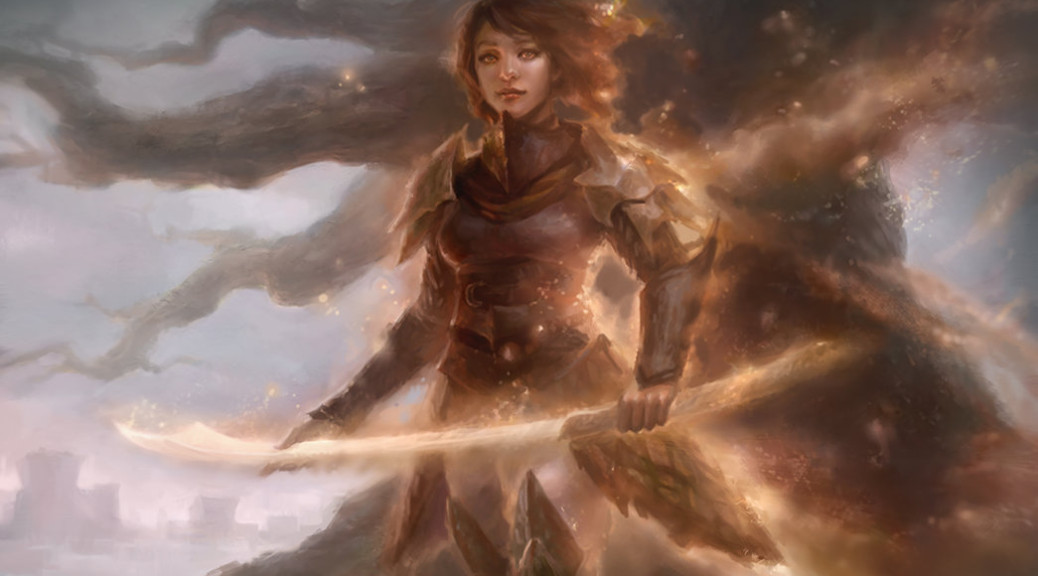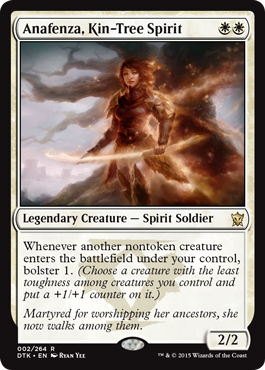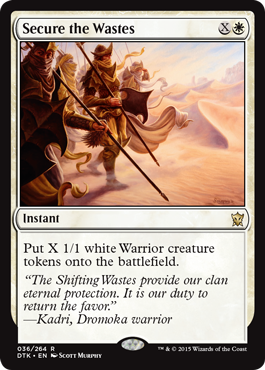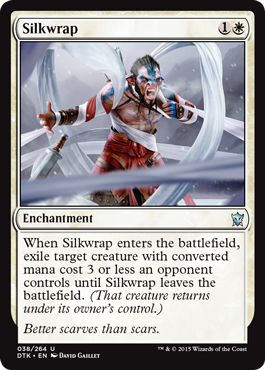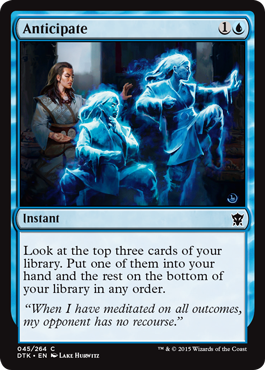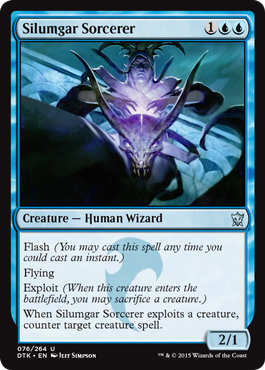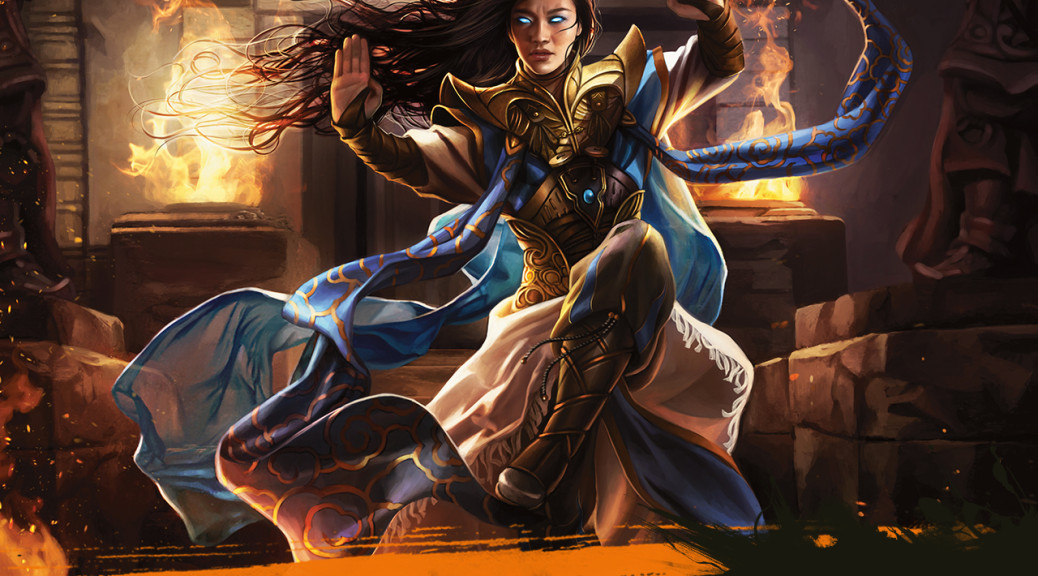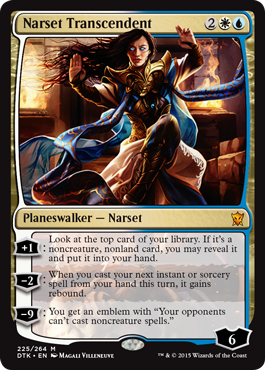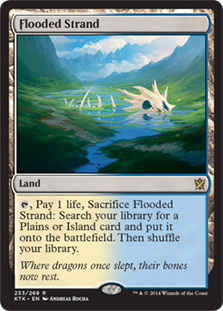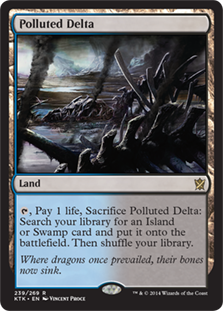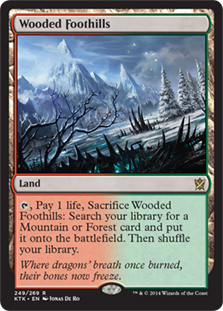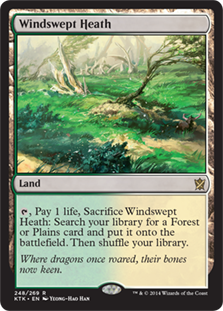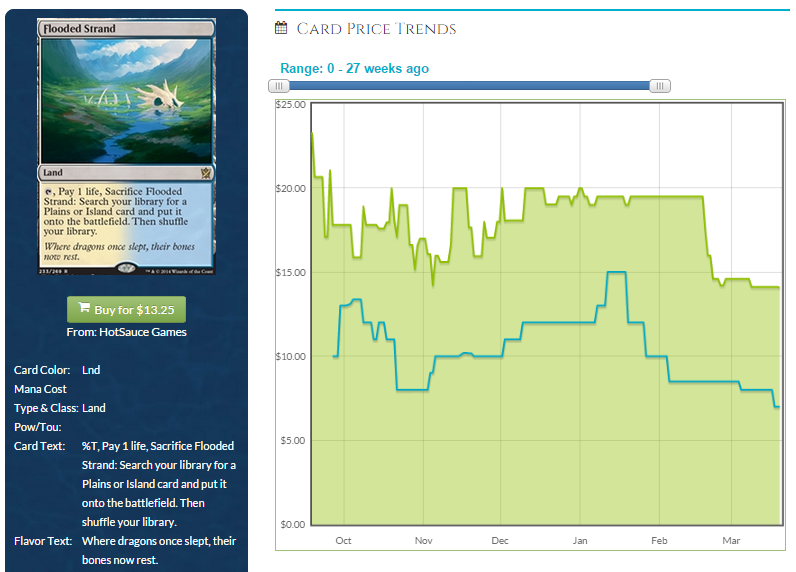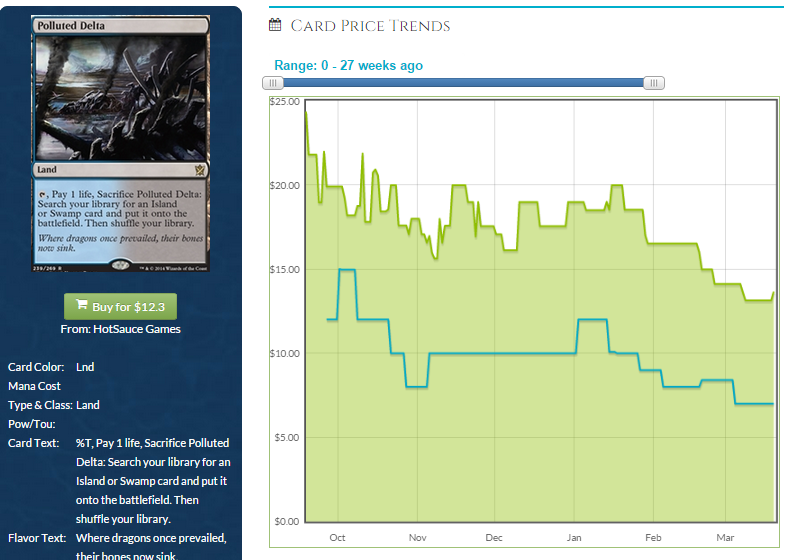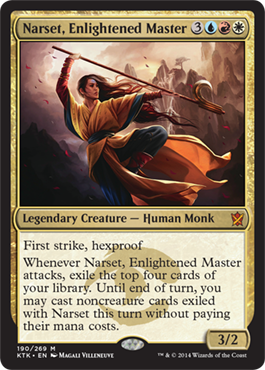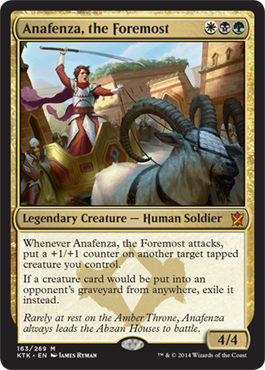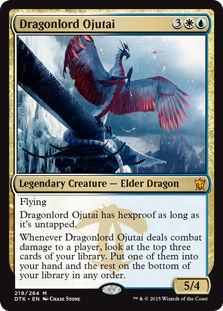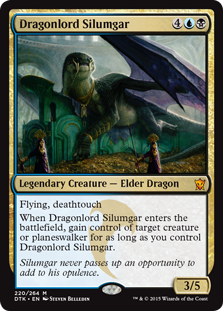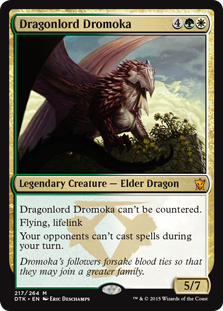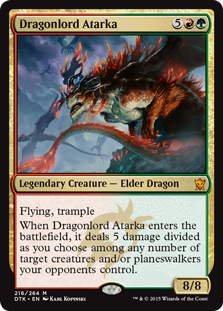By Guo Heng
Pro Tour weekends always excite me both as a player and finance writer. It is a weekend of breakout card(s) and wild price spikes. It is a weekend showcasing the pinnacle of Magic innovation as pros around the world attempt to break cards from the new set. And the stakes are high: find the best deck in the format and they stand a chance to win a substantial amount of cash and eternal glory in the Magic community.
The interesting cards had always been those that were initially brushed off as unplayable and it’s always a joy to watch the Pro Tour competitors prove otherwise. Those were the cards that gave me those sweet moment of realization when I saw the pros do broken things with it. Those were the cards that spiked the hardest.
Those were the cards that I beat myself up for not divining their potential during my initial evaluation, but then again hindsight is always Marit Lage. In retrospect, every investor would have bought Apple shares in the early 2000s.
I will be adopting a slightly different approach to today’s pre-Pro Tour article. I will still be discussing cards I am betting on for the Pro Tour as I’ve did for the previous ones. Today I will also discuss the misconceptions that plagued early card evaluation. In the last few years since I’ve got in touch with my Spikey side, I’ve had the opportunity to witness plenty of misevaluated cards shoot up in price as they revealed their true color in the hands of innovative brewers. I picked up a few pointers after years of berating myself for missing out on those treasure cruises.
Prohibitive Mana Cost?
Boros Reckoner was $5 when Gatecrash was released. He was the breakout card in Pro Tour Gatecrash, where he was the most ubiquitous card in the top 8, seeing play in multiple archetypes in multiple copies. He shot up to the high $20s briefly and remained at $12 for most of his Standard life (with a spurt to the $20s again when Theros rotated in, probably attributed to the Red Devotion archetype).
Boros Reckoner was obviously a force to be reckoned with, but why was he shunned during his first few weeks of entering the metagame?
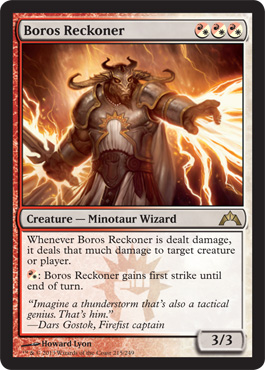
Three white/red pips gave the impression that Boros Reckoner was difficult to cast on curve. The assumption turned out to be wrong, as the first home Boros Reckoner found was in an impressive Gruul list brewed by Tomoharu Saito. The fact that an RG deck did not had issues resolving a Boros Reckoner on curve proved that the minotaur wizard was easier to cast than initially assumed.
Boros Reckoner ended up seeing play in Jeskai and Mardu decks at Pro Tour Gatecrash, including Tom Martell’s winning list, The Aristocrats. It seemed that with a mixture of shocklands and enemy-colored checklands, fogging up three red/white mana on turn three was never an issue.
This Card Dies to X and X
Master of Waves dies to board wipe. Siege Rhino gets stalled by Polukranos, World Eater. Both spiked hard after the Pro Tour that followed their respective sets. Both ended up as Standard staples.
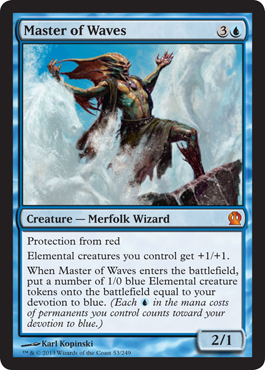
How did so many players and financiers, myself included, overlooked their prowess? Here’s where the usefulness of theorycrafting ends, and the importance of playtesting steps in.
A portion of the Pro Tour Theros players steered away from Mono-Blue Devotion, concerned that Master of Waves kolds to Supreme Verdict. The power level of the synergy in Mono-Blue Devotion was not apparent even to the then Team StarCityGames until Kai Budde and Gabriel Nassif began testing the deck on the side while the rest were testing legit decks. Mono-Blue Devotion allegedly put up such an incredible win percentage that it convinced nearly the whole Team StarCityGames to switch to it (I can’t seem to find the source for this anecdote. I was sure I read it in someone’s Pro Tour report. Do enlighten me in the comments if you recall whose article it was).
The emergence of Mono-Blue marked another milestone in R & D’s shift towards a more board-centric gameplay, which could be another reason Master of Waves, a cornerstone of a synergy deck, were initially discounted as competitively irrelevant. The theory that synergy decks lacks resilience against board wipes were challenged.
No matter how powerful a card is, it will always kold to another card. R & D have been doing a pretty good job at keeping powerful cards in check with safety valves over the past few years. A card without a weak spot would probably end up on the banlist.
Wrong Comparison
The oppressive Sphinx’s Revelation was hovering at merely $5 a month after its release. Sphinx’s Revelation drew comparison to an older card which saw little-to-no play during its time in Standard.
In retrospect, comparing Sphinx’s Revelation to Blue Sun’s Zenith was completely wrong, but at a glance, both cards seemed to serve the same purpose of being a control finisher. Plus life gain used to be ascribed as durdly and was considered to be inappropriate for the high society of competitive Magic.
Sphinx’s Revelation’s tacked on life gain was the sole factor that pushed the card from a just ran to a four-of staple in blue-based control decks. Drawing seven cards, even if your drew into your Supreme Verdict to reset the board, would be irrelevant if you were dead to a Lightning Bolt the next turn. But draw seven cards and buy yourself an extra turn? That is a world of difference. Now you can sweep the board and have enough life to survive a burn spell to untap and unleash your grip on the board with your clutch of spells.
Sphinx’s Revelation did not spike following a breakout performance in a Pro Tour, but that could be ascribed to the fact that Pro Tour Return to Ravnica was Modern and was taken down by Second Breakfast.
The price of Sphinx’s Revelation started ascending a few weeks after the Pro Tour when Bant Control started to abuse Sphinx’s Revelation in tandem with Thragtusk and rarely went below $20 throughout most of its life in Standard.
Too Conditional?
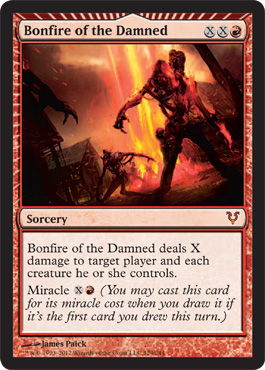
A card that works best only when casted off the top of your library and only if it’s the first card you draw that turn? It’s a little too conditional to be a four-off in your 75.
Even the mighty LSV is susceptible to occasionally misevaluating a card’s potential. Bonfire of the Damned was ChannelFireball’s preview card for Avacyn Restored. Excerpts from LSV’s constructed evaluation for Bonfire of the Damned:
“This is clearly not as insane in Constructed, but I wouldn’t mind firing it out there.”
“Where this shines is in creature mirrors, where you can blast their team, even get them for a few points, and then smash with everything. As a one or two of, since it is an X-spell, it could be pretty damned good in RG beats, or any red deck that can ramp a little and wants something to kill Lingering Souls.”
Jund, the tier one deck during Innistrad – Return to Ravnica Standard liked Bonfire of the Damned so much it ran four copies of it in its 75. LSV was half-right, Bonfire was pretty damned good in beats. So good they ran a full four in the main. Just for topdecks like these:
It’s hard to judge the merits of a card with novel, never-before-seen mechanics like Miracles without playtesting with it.
Dragons at the Pro Tour
Now that we’ve went through the pitfalls of card evaluation, here are my picks for the breakout cards for Pro Tour Dragons of Tarkir.
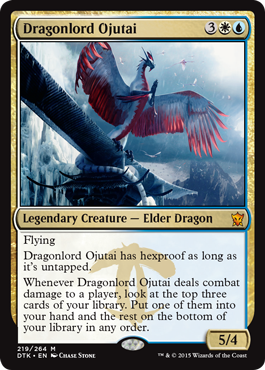
Dragonlord Ojutai has spiked. At $18, Dragonlord Ojutai is the most expensive Dragonlord, double the price of the second most pricey, Dragonlord Atarka (I guess I was wrong on Atarka).
If you’ve bought into Dragonlord Ojutai at $6 after reading my article a few weeks back, now is the time to sell if you are not keeping them for yourself. Dragonlord Ojutai is one of my horses (or dragons) for the breakout card of the Pro Tour, but at $18 he is already flying close to his ceiling. Don’t get Icarused.
Dragonlord Ojutai is one of those cards that seemed too conditional on paper, but performs better than expected in playtesting.
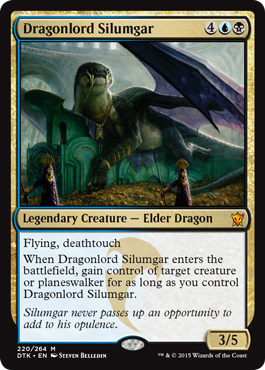
I am surprised that Dragonlord Silumgar has not been seeing a much action besides Shaheen Soorani’s sideboard and as a one of in Reid Duke’s Sultai Reanimator which was runner-up in the recent StarCityGames Invitational, and Andrew Ziggas’ Sultai Reanimator, which was coincidentally also runner-up in a TCGPlayer 5K.
Perhaps the pros were merely sandbagging their super secret Dragonlord Silumgar tech for the Pro Tour.
I’ve had the opportunity to run Dragonlord Silumgar last weekend at a PPTQ and he was by far the card I was most impressed with in my deck. Dragonlord Silumgar was in my sideboard as a two of and I’ve brought him in for every single post-board game as per Shaheen’s recommendation.
Reid Duke was spot on when he mentioned that Dragonlord Silumgar ‘knocks it out of the park’ if left unanswered. Not only did Dragonlord Silumgar single-handedly took down games if left unanswered, he was a card I was happy to see when I was winning or losing. When I was ahead, Dragonlord Silumgar helped close games and transformed my Silumgar’s Scorn into Counterspell to tighten my vice-like grip on the game. When I was behind, Dragonlord Silumgar generated instant board presence. The Dragonlord held the skies pretty well too, with a five toughness and Deathtouch.
I suspect Dragonlord Silumgar is currently not seeing the play he deserves due to the perception that he dies to too many cards. Like Master of Waves. From what little experience I’ve had with him, Dragonlord Silumgar was surprisingly resilient with his five toughness. If your opponent was not running Hero’s Downfall or Murderous Cut, he or she would most likely require two cards to take out Dragonlord Silumgar, putting you ahead in parity. Like Master of Waves, Dragonlord Silumgar spells game over for your opponent if he or she does not come up with an answer fast enough.
At $7, it may be prudent to acquire your playset right now in the not insignificant probability that Dragonlord Silumgar actually turns out to be a super secret tech at Pro Tour Dragons of Tarkir. I have a feeling that one copy in the sideboard is way too little for a card as game-breaking as Dragonlord Silumgar.
$7 is also not a bad buy-in price if you are interested to speculate on Dragonlord Silumgar.
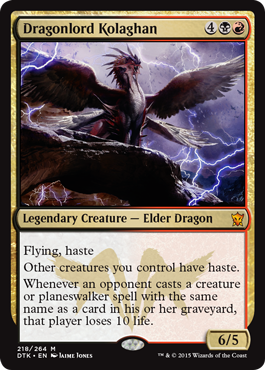
My last dragon in the race is Dragonlord Kolaghan. I know, I was extremely disparaging in my review of this Dragonlord. I was disappointed that Wizards spent one valuable Elder Dragon slot on an Elder Dragon that is nigh unplayable as a Commander. I also thought she was too clunky for Standard play.
Gerard Fabiano’s paragraph on Dragonlord Kolaghan changed my perception on her. Gerard Fabiano made good points that Dragonlord Kolaghan is a ” win condition that can sometimes lock your opponent out of racing back” and the fact that you can ramp out a turn five Dragonlord Kolaghan in Jund builds. However, he relegated Dragonlord Kolaghan to the sideboard at the StarCityGames Syracuse Open.
$5.50 is pricey for a mythic whose chance of breaking out at the Pro Tour is hard to predict. Dragonlord Kolaghan is the cheapest of the Dragonlords though and my recommendation would be to hold her and see if she breaks out at the Pro Tour. And maybe trade into your playset if you have the chance to do so before the Pro Tour. I kind of regret trading off the Dragonlord Kolaghan I opened in one of my prerelease packs for components to update my Standard deck for Dragons of Tarkir. I’ll be personally looking to assemble my own playset of Dragonlord Kolaghan prior to the Pro Tour.
So the die was cast. My hat is now in the proverbial ring. Those three dragons are my bets for the breakout cards of the weekend. I did not mention Thunderbreak Regent as Thunderbreak has already broke out, or shall I say stormed out, during last week’s StarCityGames Syracuse Open as one of the most played card in the top 8.
Have a good week ahead and happy Pro Tour weekend!
